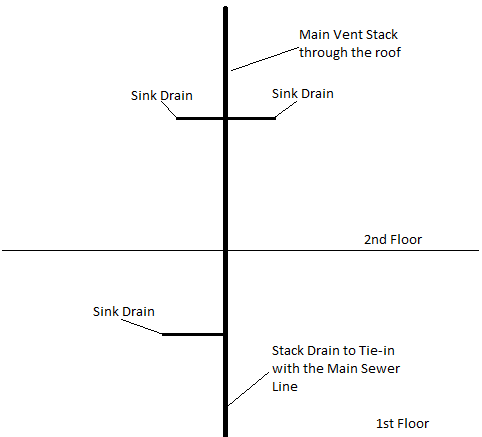

Companies trying to recruit developers often include their tech stack in job descriptions.
STACKS ON MAIN SOFTWARE
“Unless applicants are familiar with a tech stack’s frameworks and languages, or are willing to become familiar, they might not be a good fit,” said John Debs, a full-stack software engineer at messaging platform Lua. Tech stacks are particularly useful for hiring developers. If a programmer knows that an application was built using Ruby on Rails, they know they’d have to learn the programming language Ruby to make any changes. PHP is a notoriously inefficient coding language yet is used in most popular web applications.
STACKS ON MAIN CODE
If a programmer knows that a software service is built on PHP, for example, they know that it’s code base is probably large and difficult to debug. Because most coding languages have well-known performance attributes and limitations, the tech stack hints at the overall application’s strengths and weaknesses. A tech stack quickly summarizes the programming languages, frameworks, and tools a developer would need to interface with the application. The term is sometimes applied to marketing services (martech stacks) or sales services (sales stacks), but it originated in the software development community. This is Facebook’s ‘tech stack.’ĭevelopers talk about tech stacks because it makes it easy to communicate lots of information about how an application is built. The social site Facebook, for example, is composed of a combination of coding frameworks and languages including JavaScript, HTML, CSS, PHP, and ReactJS. DefinitionĪ technology stack, also called a solutions stack, technology infrastructure, or a data ecosystem, is a list of all the technology services used to build and run one single application. Each tool in your stack creates, analyzes, or ingests data, and to run most efficiently, those data sources need to link to one another.


 0 kommentar(er)
0 kommentar(er)
